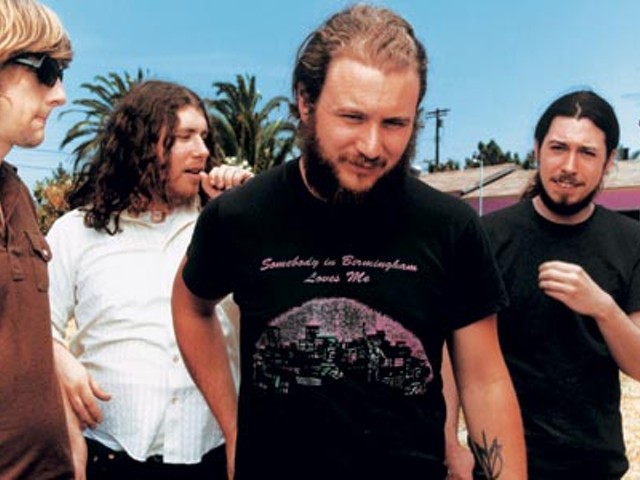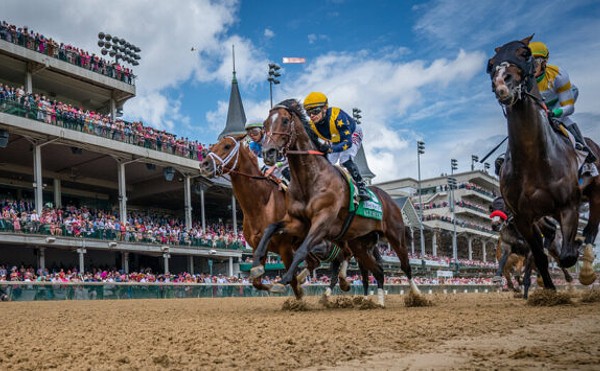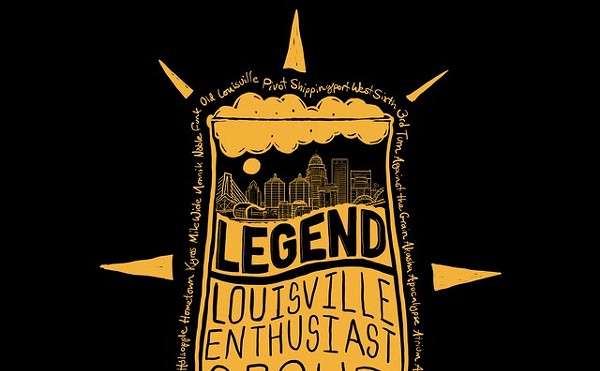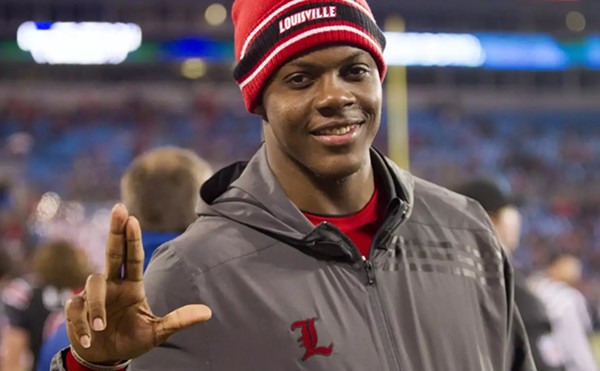Twenty years ago, the LGBT community in Louisville was planting seeds of political activism that have grown to make our city the gay-friendly home it is today.
In 1990, gay rights activists persuaded the Louisville Board of Alderman to pass a hate crimes ordinance that included the category of sexual orientation. For the first time in Louisville, the law would protect gays and lesbians. That same year, The Letter, Louisville’s gay newspaper, began publication. It was first distributed in June 1990 at the “Pride Picinic,” which, at the time, was a fledgling LGBT festival held on the lawn of the Water Tower. The picnic has since grown into The Kentuckiana Pride Festival, the region’s only annual festival focused on celebrating the fact that the LGBT community plays an important role in the region’s social, cultural and economic landscape.
In 1991, the Fairness Campaign was launched and quickly became the area’s No. 1 grassroots and social justice organization working for change and LGBT civil rights. In the two decades since, the Fairness Campaign has taken meaningful strides to transform our community and dismantle oppression. Because of Fairness, Louisville became one of the first Southern cities to enact legislation prohibiting employment, housing and public accommodations discrimination based on sexual orientation and gender identity. It has brought together a broad and diverse community of LGBT people and allies who are committed to a more just city of Louisville.
In 1993, the Louisville AIDS Walk was formed. Over the years, the annual walk across the Second Street Bridge has enlisted 30,000 participants who have helped raise more than $3 million to help people living with HIV and AIDS.
The social climate for queer people in the early 1990s helped create a strong sense of community. Two decades ago, there was no Connection nightclub, no Tink’s Pub and no Starbase Q, but there were more gay and lesbian bars in Louisville than you might have thought. There was The Downtowner, which provided three floors of dancing, drinking and schmoozing: the top floor for gay men, the middle floor for both men and women, and the bottom floor for lesbians. The gay bar known as The Annex brought in top-notch entertainment, including the Queen of Queens herself, RuPaul. Lesbians and gay men had a choice of bars where they could be open about who they were, some of them dark and secretive, some of them offering free Sunday brunches outside, and all of them fun and friendly.
“Back then, you had to kind of sneak into bars like The Discovery and The Carriage House,” one middle-aged lesbian tells me. “But once you walked in, it was like, ‘Whoa, this is where I should be.’ It felt like there was real camaraderie back then, maybe because we all hadn’t slept together yet,” she joked.
The (very) lesbian-friendly band Yer Girlfriend was going strong at the time (and over the years, my crushes on the members of the band have only grown stronger). Laura Shine, one the band’s former members, and now one of WFPK’s best-known radio personalities, said at the time, “We exist because of this community and the women before us who created the culture that we sing about.”
While the LGBT community has worked hard over the years to be accepted into the mainstream, we still are working to be recognized by our government and society as legitimate families, partners and co-workers. It has grown increasingly imperative that we keep our sense of community. Many queer men and women agree we need a safe, casual and clean gathering place that we can be proud to go to on a regular basis to connect with one another. I would like to see more events that bring us together as LGBT people, more than one or two pride festivals a year. I would like to see all of the members of the community support the efforts of the Fairness Campaign and other civil rights organizations. I would like to see queer men and women supporting the bisexual movement, the transsexual movement, and the straight alliances who understand our goal of acceptance. I’d like to see a column in LEO 20 years from now, praising our current efforts toward equality. I’d like to see the new generations plant their own seeds of change and continue to provide a healthy environment for them to grow.





